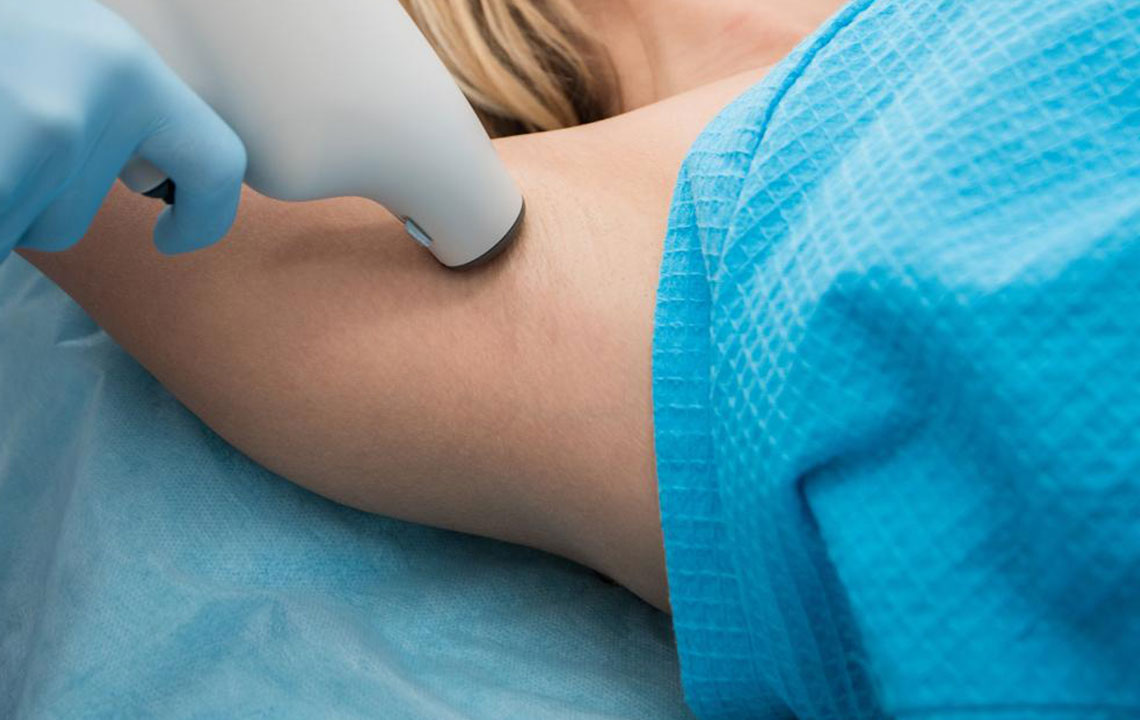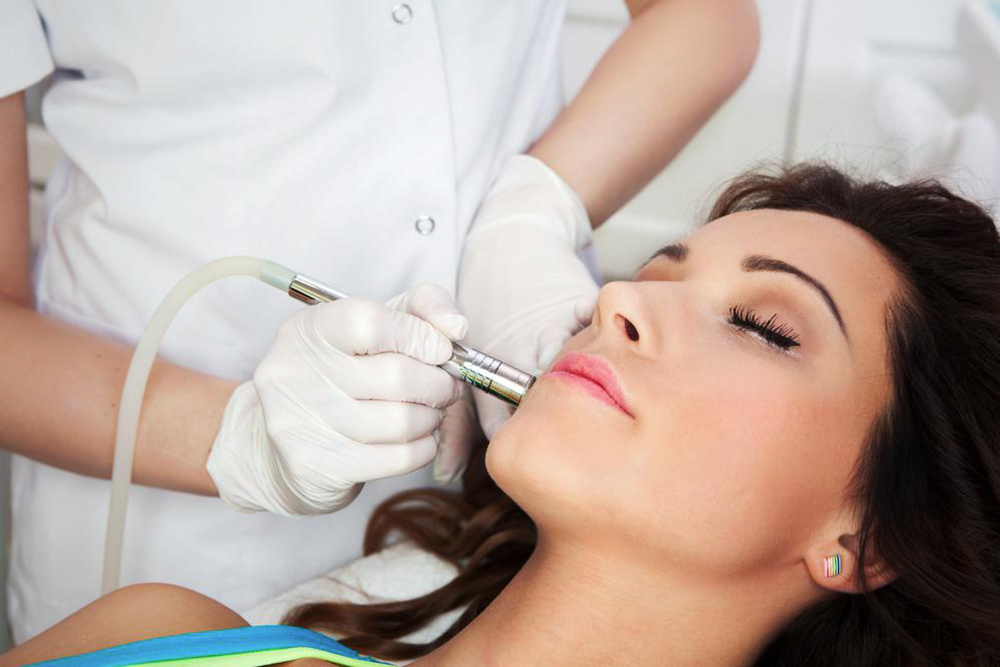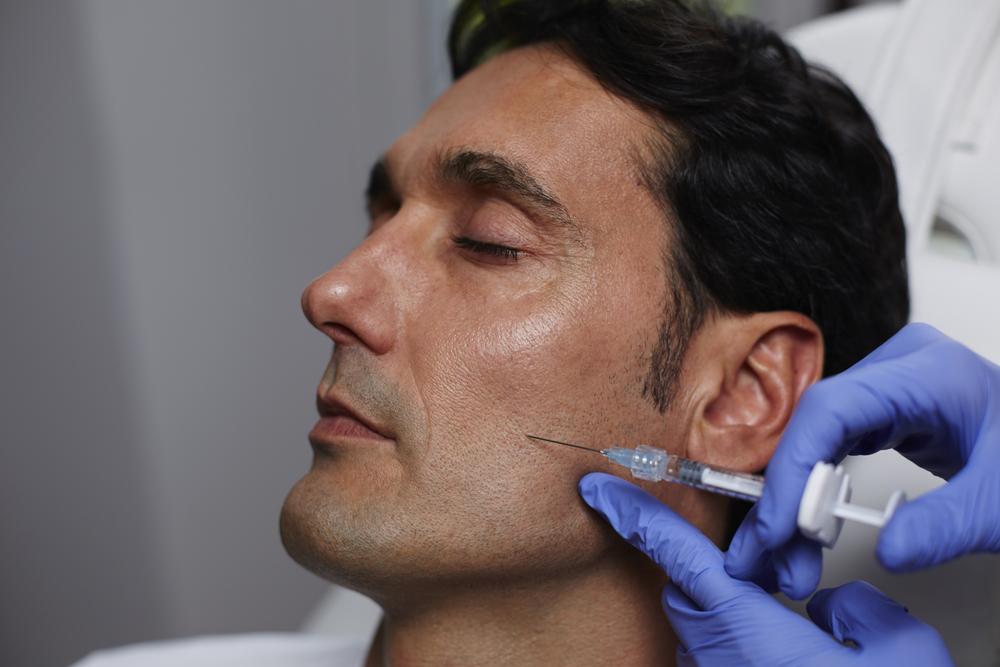Understanding Secondary Hyperhidrosis: Causes and Treatments
Secondary hyperhidrosis is excessive sweating caused by underlying health issues like hormonal imbalance, neurological disorders, or chronic diseases. Diagnosis involves medical evaluation to identify roots, followed by targeted treatment. Options include topical antiperspirants, Botox, microwave therapy, laser treatments, and surgical options for severe cases. Effective management depends on addressing the underlying condition, under professional guidance, to improve quality of life and reduce discomfort.

Understanding Secondary Hyperhidrosis: Causes and Treatments
Secondary hyperhidrosis occurs when excessive sweating is linked to an underlying medical condition. Unlike primary hyperhidrosis, which is usually localized, secondary sweating affects the entire body and is often not present during sleep. It’s often a symptom of other health issues such as hormonal imbalances, medications, or chronic diseases like diabetes or thyroid disorders.
Diagnosis
Identifying the cause involves medical evaluation and tests. Notable reasons include pregnancy, menopause, obesity, Parkinson's disease, or lymphoma. Prompt diagnosis helps target treatment effectively.
The primary goal of treatment is to address the underlying condition and reduce symptoms. Over-the-counter antiperspirants with aluminum chloride may provide relief, with stronger options prescribed if necessary. Advanced procedures, such as Botox injections, microwave therapy, or laser treatments, are available mainly for underarm hyperhidrosis. In severe cases, surgical intervention like thoracic sympathectomy may be considered, but only after thorough consultation with healthcare professionals.










